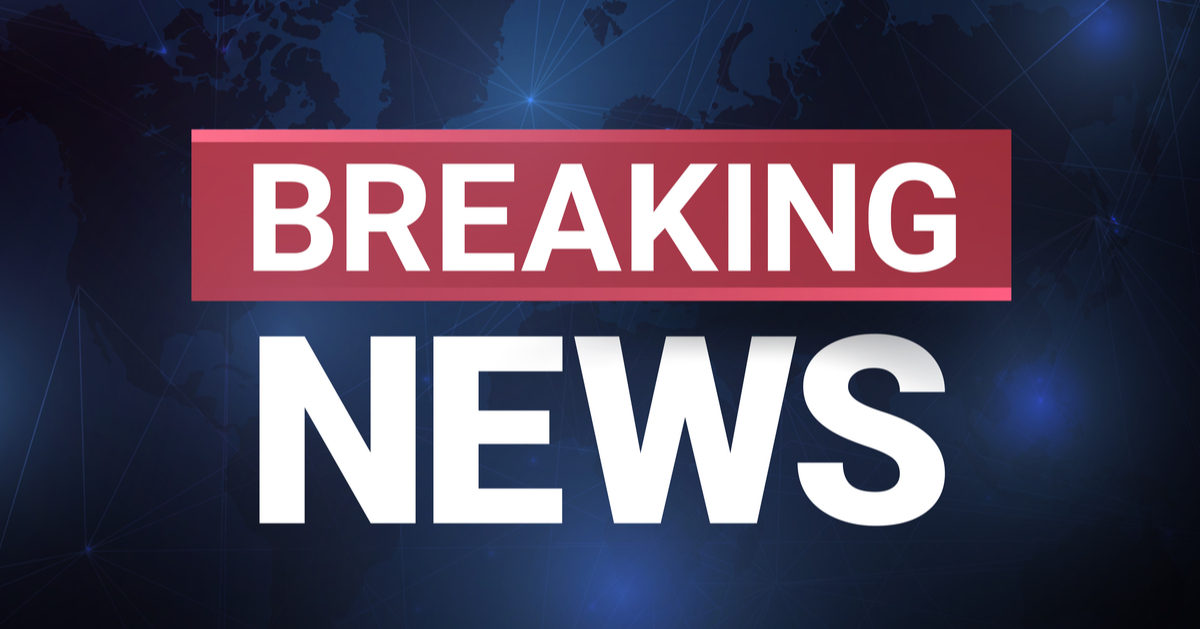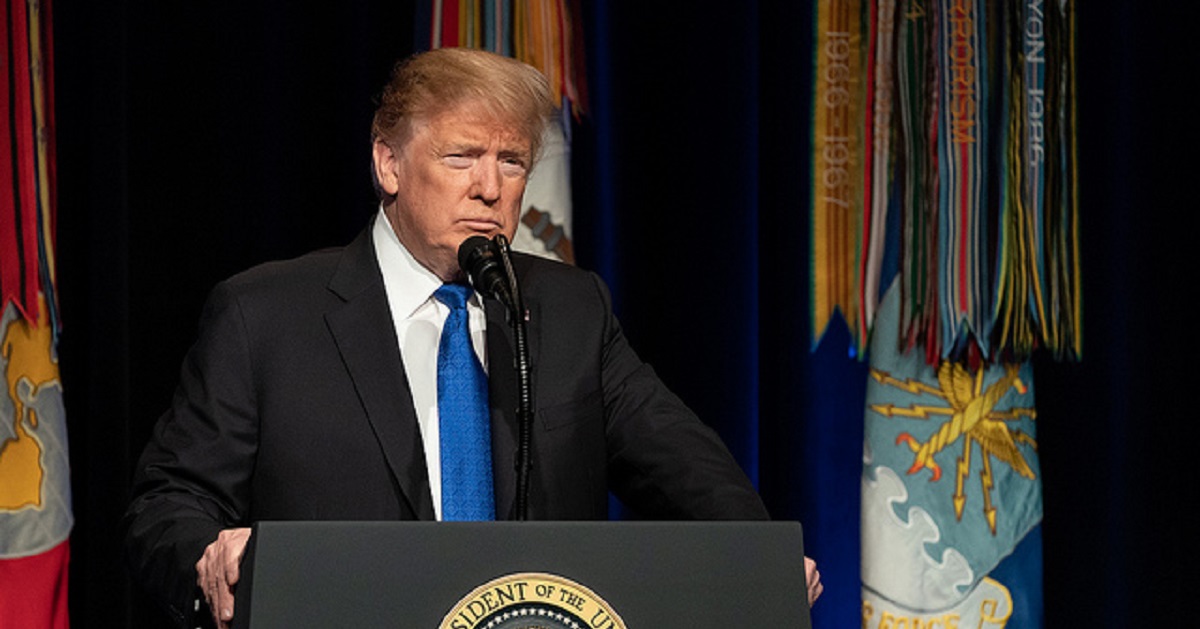Moody's decision underscores growing unease over the federal government's approach to its rising debt, despite the U.S. being noted for its economic resilience and the U.S. dollar's position as a global reserve currency. The U.S. retains some credit advantages, attributed to its large economy and the unique role of the dollar in global finance. However, these strengths have not been enough to counteract Moody's concerns about fiscal challenges.
Challenges In Managing National Debt
Several factors have converged to affect the country's fiscal health adversely, one of which is the anticipated increase in federal deficits over the coming years. Moody’s projects that by 2035, these deficits will widen to nearly 9% of the country's economic output, climbing from an already concerning 6.4% expected in 2024.
The drivers behind this anticipated fiscal strain include a rise in interest payments on the national debt and increased spending on entitlement programs. Additionally, lower-than-needed revenue generation has exacerbated these challenges, posing a significant hurdle for future economic planning.
Another pivotal issue is the impact of extended tax cuts that were enacted in 2017. These cuts could add an estimated $4 trillion to the federal primary deficit over the next decade, aggravating the existing fiscal scenario.
Political Gridlock And Its Consequences
A critical aspect hindering effective debt management is the ongoing political stalemate in Washington. This gridlock, characterized by partisan disagreements, presents a formidable obstacle to effective policy formulation. The impasse stems largely from differing priorities between the two major political parties.
Republicans have consistently opposed increasing taxes as a strategy to mitigate the deficit, while Democrats have been resistant to proposed spending cuts. This division has stymied constructive dialogue and inhibited the adoption of comprehensive fiscal reforms, leaving deficit issues largely unaddressed.
The recent inability of House Republicans to pass a proposed package of tax breaks and spending cuts highlights the extent of this gridlock. The measure faced opposition not only from across the aisle with Democrats but also from factions within the Republican ranks.
Implications Of Moody’s Downgrade
This downgrade by Moody's completes a trifecta of reductions in the U.S. credit rating over recent years by the three major credit agencies. Standard & Poor’s removed their top rating in 2011, and Fitch Ratings followed suit in 2023, each raising alarms over the nation’s growing deficit and political paralysis.
While these consecutive downgrades indicate serious concerns about the financial health of the United States, it’s crucial to note that the country still possesses significant credit advantages. The bulkiness and dynamism of its economy and the continued status of the U.S. dollar as the main global reserve currency offer a buffer against complete fiscal disarray.
Nevertheless, with interest payments and entitlement spending on the rise, and revenue levels not keeping pace, substantial challenges remain. Moody's emphasizes that without addressing these underlying issues, fiscal stability will likely stay precarious, urging policymakers to take action.
The complexity of the United States' fiscal landscape further complicates the potential for effective resolution. The situation requires strategic bipartisan cooperation to navigate the challenging road ahead, especially with progressively increasing pressures on the national purse.




